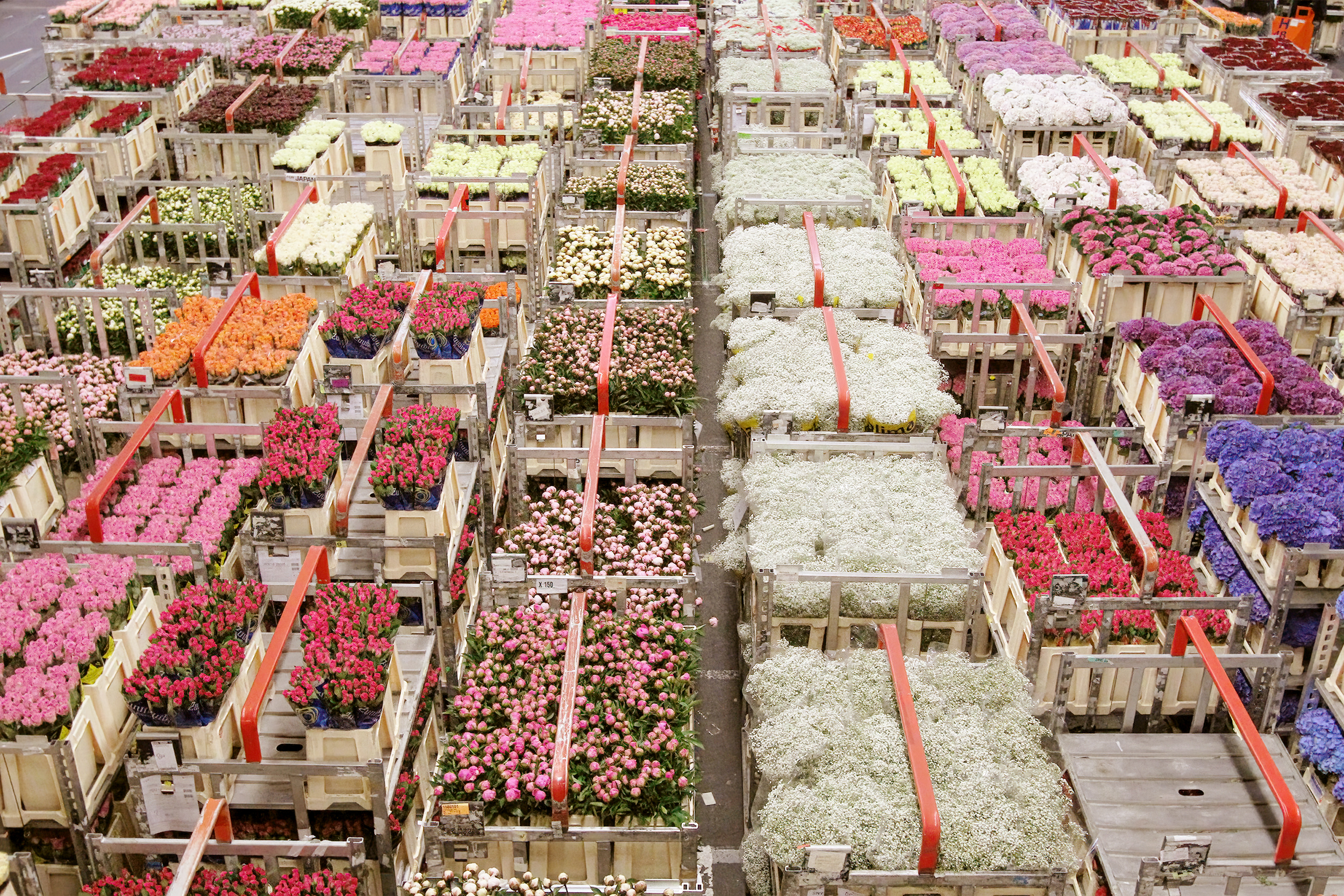a little
a lot
passionetly
to madness
Giving flowers is a human gesture, a gesture of transmission of transmission: there is a giver and a receiver. Our culture teaches us to express our emotions according to the conventions we have been taught. However, despite the diversity of convention, giving flowers is a gesture found in many cultures across time and places.
Flowers are considered to have been used by humans since prehistoric times for their medicinal or magical properties. Bouquets of flowers have been found in prehistoric tombs. Since ancient times, flowers have been used for their beauty and ornamental value. The Romans had a festival to celebrate flowers, the occasion of famous Roman orgies. In Egypt, hieroglyphs have been found showing men offering flowers to their wives. Precises descriptions of flower bouquets have also been found but the most relevant thing is that there was a real flower economy in Egypt. People worked day and night to meet the huge demand for flowers.
Today, the flower market is impressive. A gigantic consumption of resources to meet the demand.
-Extract from a comparative study on flower consumption in different places, at different times, in pictures. Cultivate flowers to madness-
“The wanton waste of flowers among Western communities is even more appalling than the way they are treated by Eastern Flower Masters. The number of flowers cut daily to adorn the ballrooms and banquet-tables of Europe and America, to be thrown away on the morrow, must be something enormous; if strung together they might garland a continent. Beside this utter carelessness of life, the guilt of the Flower-Master becomes insignificant. He, at least, respects the economy of nature, selects his victims with careful foresight, and after death does honour to their remains. In the West the display of flowers seems to be a part of the pageantry of wealth, – the fancy of a moment. Whither do they all go, these flowers, when the revelry is over? Nothing is more pitiful than to see a faded flower remorselessly flung upon a dung heap.”
Okakura Kakuzo - The book of tea - 1906

















Okakura Kakuzo - The book of tea - 1906
Head of Flora, godess of flower and spring, 43 BC
Tomb of Menna - Luxor, Egypt
Tomb of Nakht - Thebes, Egypt
Hobbe Smith (1862 - 1942) - Floralia - painting, 1898
Tylipomania - Arthashastra web site
Gordon Gekko talks tulips. Wall Street- Money Never Sleeps, 2010
Dior - Raf Simons - Automn/Winter 2012
La Terre vue du ciel - Yann Arthus-Bertrand
Aalsmeer flower market - Netherlands